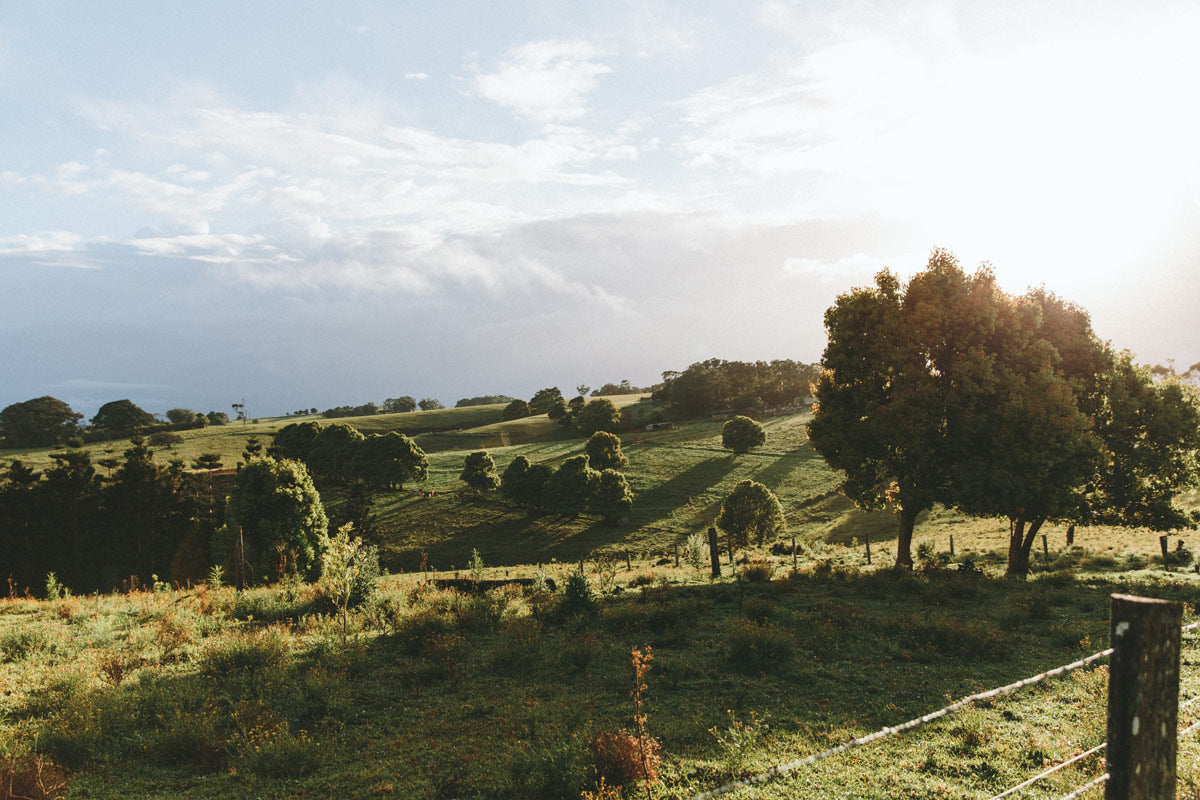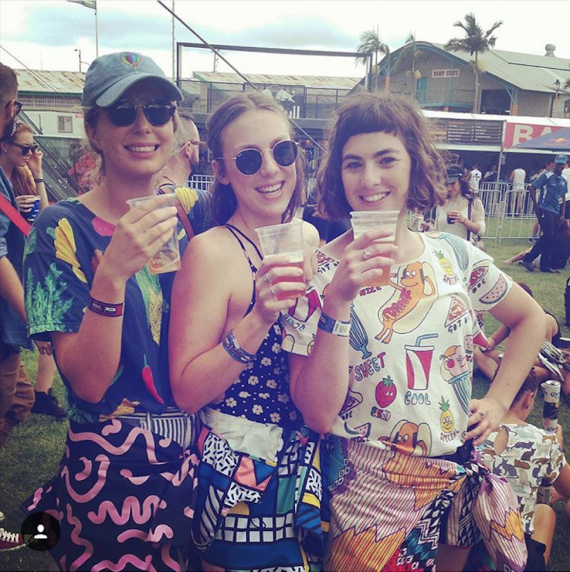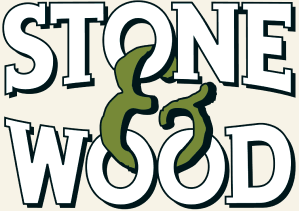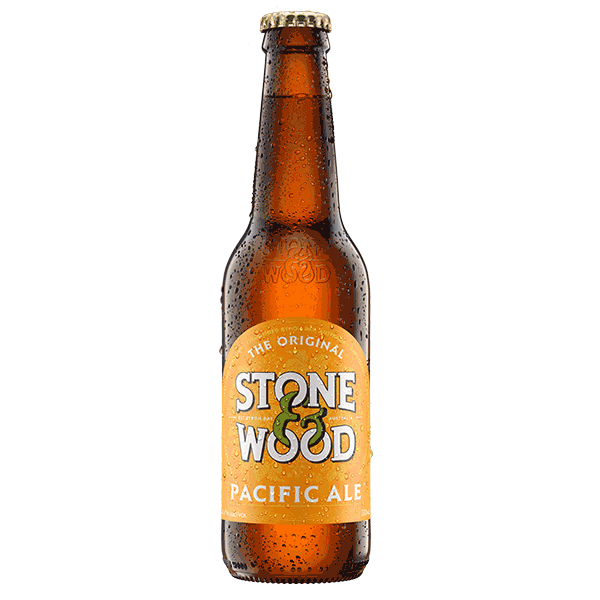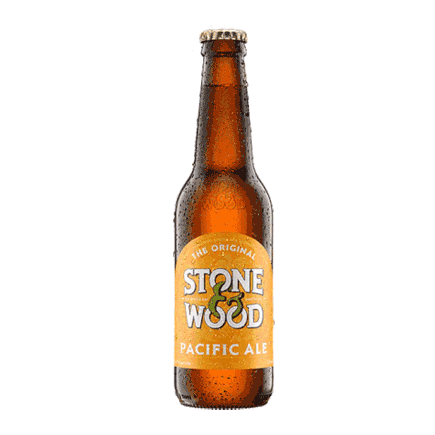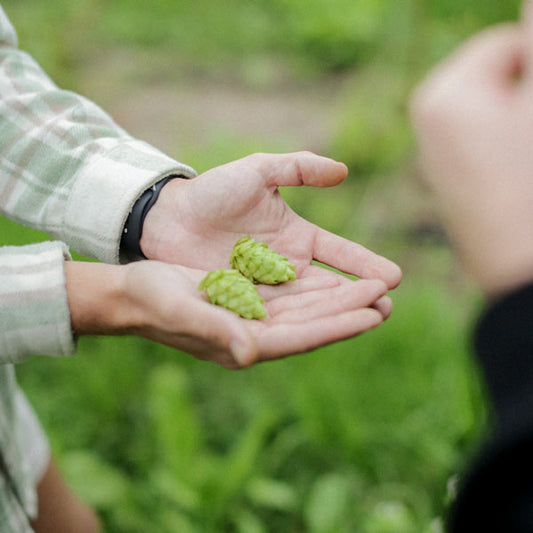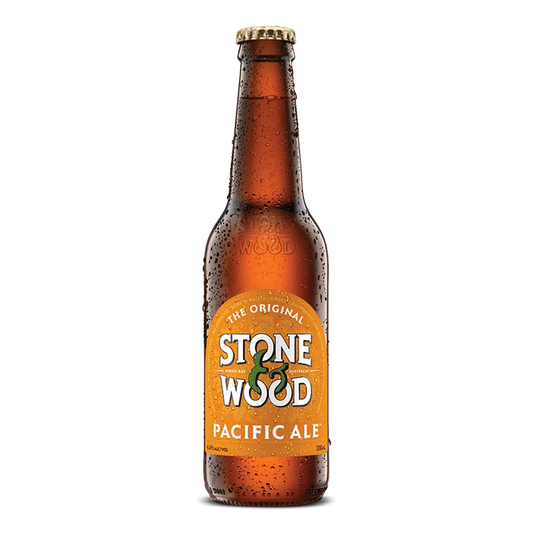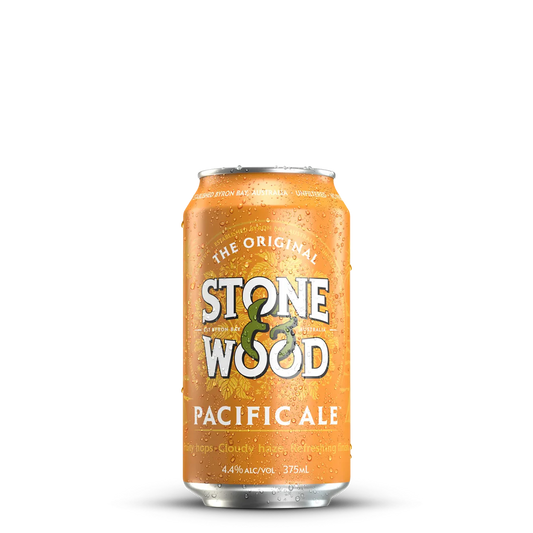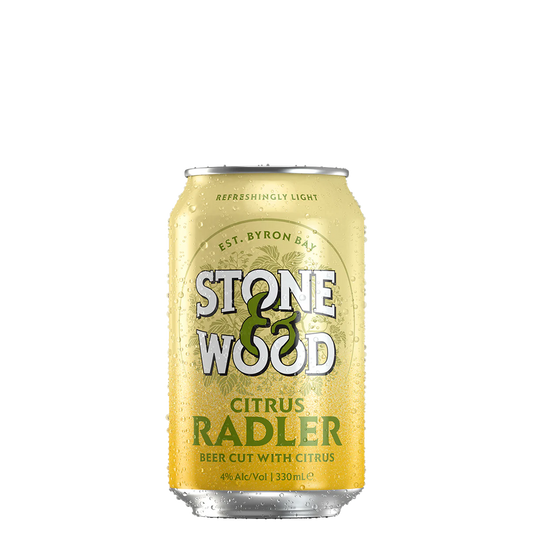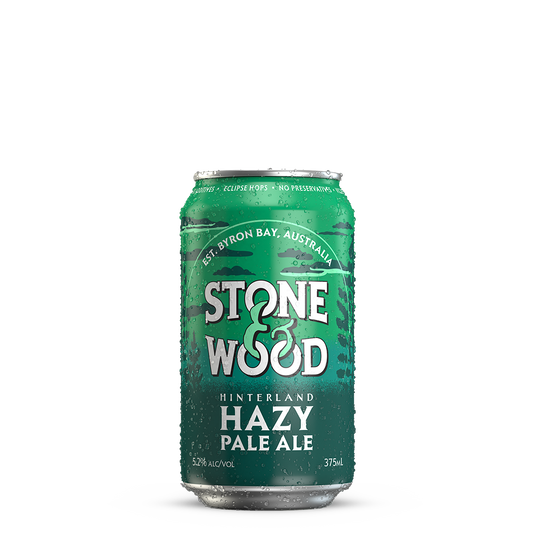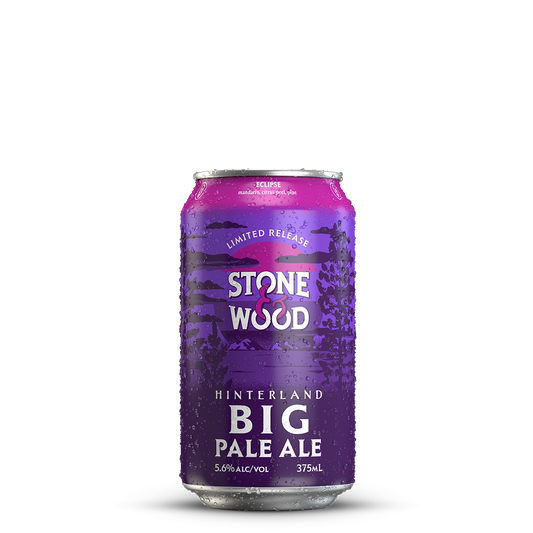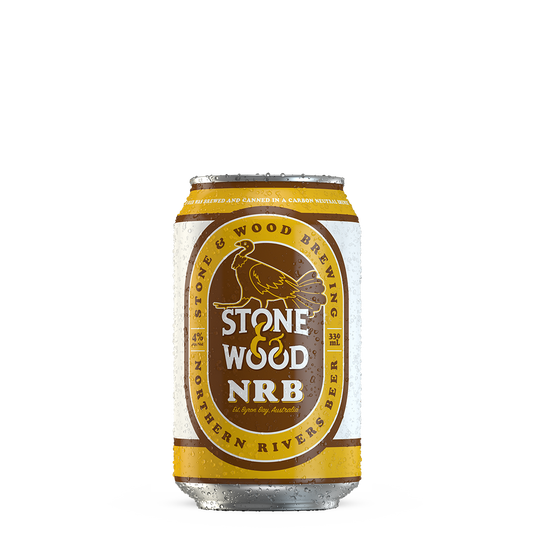When the skies over Brissy crack open and the rain starts rolling in sideways, the day doesn’t have to be a write-off. In true Queensland style, we’re all about making the most of what we’ve got, even if what we’ve got is a soggy forecast and wet thongs by the door.
Whether you're chasing indoor activities Brisbane locals actually rate, or you just need a few rainy-day activities to keep spirits high, there are plenty of ways to turn a grey day into a good one. From cruisy long lunches to craft beer refuge, here are our favourite things to do in Brisbane on a rainy day.
Head to the Galleries or Museums for a Cultural Fix

Image courtesy of Queensland.com
Brissy’s arts scene plays beautifully in the rain. The Gallery of Modern Art (GOMA) and its neighbour Queensland Art Gallery (QAG) in South Bank offer sweeping exhibitions, from contemporary to traditional, that make for a perfect indoor escape.
Prefer something more local and low-key? The Museum of Brisbane inside City Hall is a solid pick, with free guided tours, exhibitions from local artists, and a lovely clock-tower to explore.
Whether you’re after thoughtful artworks or some quiet time with history and culture, this kind of indoor activity makes a rainy day feel like it was always meant to be art-filled.
Catch a Flick, a Show, Or Just Hide from the Rain for a Bit

Image courtesy of Concrete Playground
If you’d rather sit back than stroll around, movie cinemas and theatre venues offer a reliably good time when it’s chucking down.
On the city side, you might hang out at Strike Bowling Bar or Holey Moley Golf Club (both undercover and offering a mix of fun and cocktails), they’re solid options for a group wanting something a bit cheeky yet stress-free.
If you’re leaning more artsy: keep an eye on the listings at Queensland Performing Arts Centre (QPAC), stage shows, theatre, live music, there’s usually something on, even when the sky’s dumping.
Grab Comfort Food or Hide Out in a Café or Bookshop

Image courtesy of Queensland.com
Rainy afternoons and cosy eats go hand in hand. There are plenty of intimate cafés, diners and restaurants in The City that make for excellent hide-outs when the weather’s gloomy. For example, taking a seat with good food and a hot drink, or even better, a smooth beer from your fridge, has a simple charm that never gets old.
If you’re feeling a little quieter, wandering through a bookstore or the local library can be just as lovely. Brisbane’s got those hidden cosy corners for exactly that kind of day.
Try Something a Bit Different: Bowling, Mini-Golf, Escape Rooms & Indoor Games

Image courtesy of Concrete Playground
Sometimes the call of boredom is loud, and Brisbane’s indoor-activity scene has the answer. Venues like Strike Bowling Bar or Holey Moley (as above) give you bowling, mini-golf or games under cover.
If you’re after a bit more excitement, climbing gyms, immersive escape rooms, even indoor skydiving or VR gaming, there are plenty of spots around town that turn a wet Saturday into an adventure day.
It’s a great reminder: just because it rains, doesn’t mean the fun stops, sometimes it just changes shape.
End (or Start) the Day with a Long Lunch, Dinner or Drinks with Friends

Image courtesy of Hidden City Secrets
Rainy days can be slow-paced, moody, and, honestly, perfect for indulging a little. A long lunch or dinner at a comfy restaurant, or a few beers at a nearby bar, feels especially comforting when the sky is grey and the rain’s singing on the windows.
Whether you’re with mates or flying solo, wrap yourself in good food, good company, and good beer. Hell, that’s a rainy-day ritual we can get behind any day.
So Next Time the Clouds Roll In, Don’t Cancel the Day, Just Change the Plan
We reckon rainy days can be just as memorable as sunny ones, if you know where to head. Whether you're wandering galleries, catching live music, throwing axes, sipping brews or curling up with a book, Brisbane’s indoor scene has something for every mood.

